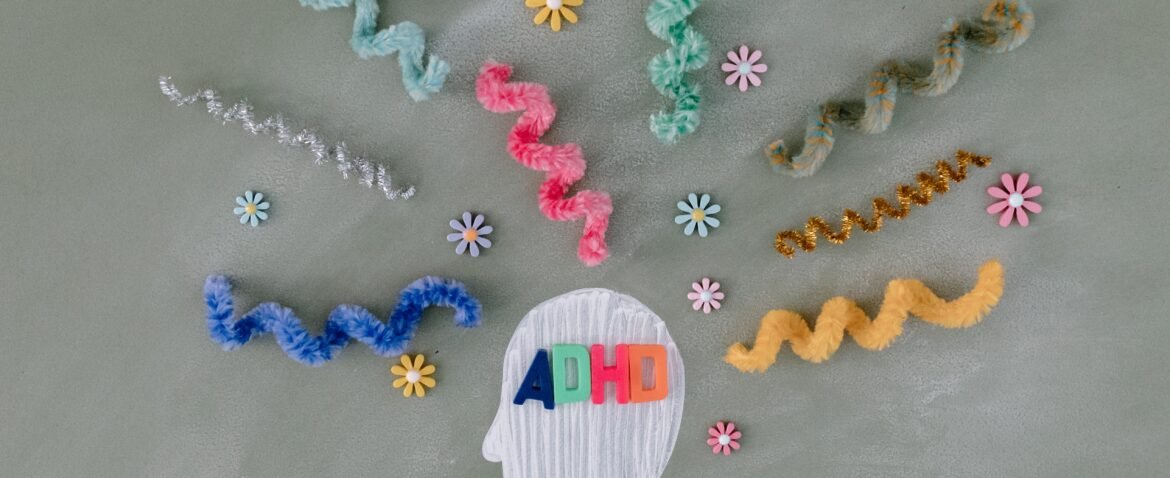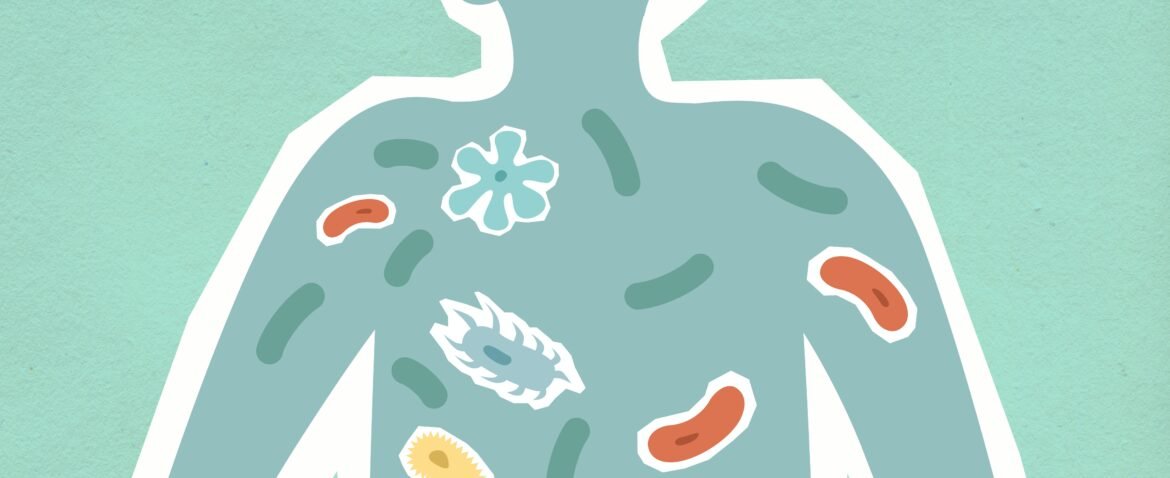What is Codependency? Its Silent Stranglehold and Heart-Wrenching Toll on Relationships
The term “codependency”, is a bit of a buzz word these days, along with other attachment labels, but what is codependency?. This article attempts to answer this by drawing on the perspectives of some known experts in this field. Here we’ll explore the definition of codependency, its characteristics and how it can affect both personal and interpersonal growth. I’ll also share some useful strategies and support systems for overcoming it. Defining Codependency Codependency, is a form of emotional immaturity which results in dysfunctional attachment strategies and behavioural patterns in relationships. It is usually characterised by unconscious attempts to create a sense of emotional safety by being desperately in need of, or needed by, the other person. The term codependency, was recently re-defined in the DSM-5 as “developmental immaturity”, as it has its roots in attachment trauma or emotional manipulation during childhood. It usually manifests in adult relationships as a set of maladaptive coping strategies in response to emotional dysregulation. This creates a power dynamic, where one person is either perceived, or perceives themselves, as less than, or better than the other. It often involves one person being overly focussed on the needs and feelings of their partner above themselves. Which, among other issues, causes unhealthy expectations, over-reliance and sometimes and an abuse of power. This dynamic can create a situation where both people take on an unhealthy “role” within the relationship, which subconsciously enable each other to stay stuck. Stephen Karpman, an American Psychiatrist, demonstrated these roles with his development of the “drama triangle”, in 1968. Using this model, he showed how these dysfunctional roles create power dynamics which rely on each other to maintain their identity. The Karpman Drama Triangle Karpman, broke these roles down into 3 categories: The Victim The Persecutor The Rescuer These roles can be enacted in many ways and are usually shrouded in (often subconscious) manipulative behaviour, which can be difficult to spot at first glance. These kinds of dynamics are not limited to romantic relationships either, they can develop in friendships, family and even pet owners! The main characteristic of a codependent relationship, is that one enables the other. Often without realising it, each develops a dependency on the other in order to maintain their identity within the relationship. How Codependency Affects Relationships Even though they usually set out with good intentions, codependent partners keep each other emotionally stuck. The “rescuer” keeps the “victim” from finding their autonomy, being able to stand on their own two feet and resolve or improve their situation. On the other hand, the over-reliance of the “victim”, props up the ego of the “rescuer”, but usually results in them feeling emotionally drained, overwhelmed and trapped. At this point the rescuer can often become a “persecutor”, as their resentment towards the “victim” builds. However, these dynamics can be fluid and complex and do not always result in one person staying in one position on the triangle. It is quite possible for a victim to also be a persecutor for example, and a rescuer/persecutor can also take on the role of victim at times. It is also common for a “victim” type, to fall prey to a dangerous “persecutor” type (someone who is emotionally or otherwise abusive) from the start, as the imbalance in self-esteem are a perfect match for each other (in a negative way!). Codependency and Developmental Immaturity Pia Melody, a leading authority on the concept and treatment of codependency, was one of the first to define this condition as “developmental immaturity”. She describes it as: “A persistent reliance on and attempts to control external factors, like others’ thoughts and actions, to manage emotions and gain self-worth, often stemming from past abusive situations”. According to Pia Melody’s work, there are 5 key areas that codependecny/development immaturity can manifest: Difficulty experiencing appropriate levels of self-esteem (either feeling less-than, or better-than others or depending on others for external validation) Struggles with setting and maintaining healthy boundaries An inability to own and express one’s reality Difficulties identifying and meeting their own needs and wants Struggles with moderating or containing emotions (some examples of this are “oversharing” inappropriately, emotionally manipulating others, walling off/over-containing information or emotions, control issues etc.) You can find out more about Pia Melody and her work with The Meadows here. Some Key Characteristics of Codependency Poor Boundaries: Codependents often struggle to maintain healthy boundaries. They may feel responsible for other people’s emotions and reactions, leading to a lack of self-identity. People-Pleasing: A common trait of codependency is the constant desire to please others. This might involve sacrificing personal needs or desires to gain approval or avoid conflict. Fear of Abandonment: Many codependent individuals have a profound fear of being abandoned, which can drive them to tolerate unhealthy behaviours in their partners. Low Self-Esteem: Codependency often stems from low self-esteem, where individuals feel unworthy or inadequate, leading them to seek validation through their relationships. Control Issues: In an attempt to maintain their relationship, codependents might engage in controlling behaviours, trying to manage their partner’s actions and decisions. How Codependency Develops in Family Dynamics Codependency is usually the result of early life attachment issues, stemming from dysfunctional parenting dynamics. Some examples of the effects of dysfunctional parenting: Parents who are overly involved in their children’s lives can lead to enmeshment, a lack of independence, or a sense of needing to please or support the parent/s emotionally. Parents who are consistently rejecting or abandoning can lead the child to become hyper-vigilant to rejection, emotionally “walled off”, hyper-independent or needless and wantless. When parents rely on their children for mental and emotional support (i.e. for long-term illness, breakdowns in relationships, mental health issues or addictions etc), this reverses the roles in the parent-child dynamic. This can lead the child to feel like an adult yet without the proper resources to cope with the responsibilities of being one. It can manifest later in life as an over-giver or over-doer in relationships, taking on more responsibility than their share. It can often lead to










